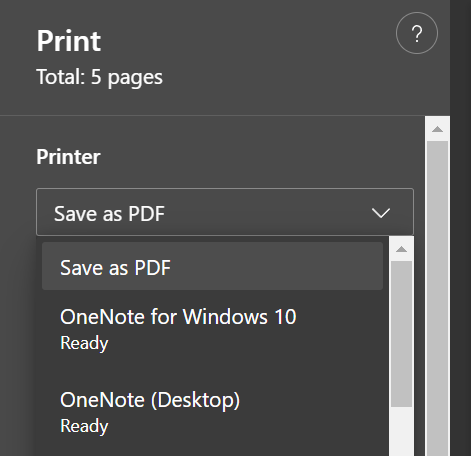Agricultural Approach: Farm Diversification
Water Buffalo Dairy Farming
Climate Adaptation Effectiveness
Water buffalo dairy farming has recently been favored for adaptation. It is a less risky approach in providing an additional income stream to farmers affected by the effects of climate change especially during high rainfall events. However, it should be noted that there is concern regarding difficulty in maintaining sources of food and water for livestock during droughts [3].
Climate Hazards
- Drought
- Extreme Rainfall
- Rain-Induced Flooding
- Rainfall Variability
- Tropical Cyclone
Locations
- Nueva Ecija, Region III (Central Luzon)
Adaptation Sectors
- Agriculture
CCET Instuments
- Action Delivery
Target Group based on Vulnerability
Basic Sectors:
- Children
- Farmers and Landless Rural Workers
- Indigenous Peoples
- Persons with Disabilities
- Senior Citizens
- Women
- Youth and Students
Evaluations
Economic / Financial Effectiveness
The incorporation of water buffalo dairy farming to farming operations has promoted income security and livelihood resilience amidst changes in the climate. After 2010, surveys from households in Nueva Ecija showed that their major source of income is water buffalo dairy farming. Among the interviewees, 55% were able to cover their household expenditures, 26% improved their living conditions, 95% increased their animal holdings, 46% improved farm facilities, and 3% purchased land [3].
Technical Feasibility
Water buffalo dairy farming plays a big role in sustaining the livelihood of the farmers because of the mobility and portability of the animals. Despite the onset of typhoons, flooding, or drought, the animals can be moved to a different land or area to ensure their safety. It should be noted that in implementing effective water buffalo dairy farming, research must be done on which breed to use and what conditions to meet for the safekeeping of the buffalos [1].
Social Acceptability
Despite being easily implemented and accepted by many households as a source of stable income, challenges may be encountered in marketing the product. In Nueva Ecija, there are social networks and farmer cooperatives in the villages which collect the milk and forward it to the dairy federation facility. A system then governs the pay that each farmer gets depending on what was supplied. Unfortunately, farmers are concerned regarding delayed payments and mismanaging of the payment system which created doubts and income instability [2].
Environmental Impact
Trampling and overgrazing of livestock in an area promotes land degradation and soil erosion which result in the release of carbon from the soil and diminished land cover. Grazing can also negatively affect plant biomass production by lessening roots for the initiation of growth and increasing foliage, reducing the ability of the plants to withstand drought. Despite these, there are positive outcomes arising from livestock production and management such as increased soil fertility from animal manure, promotion of seed dispersal, and removal of fire-inducing biomass thus improving plant species composition [3].
Mitigation co-benefit
The increase of greenhouse gas emissions from methane and nitrous oxide is a growing concern for ruminant production and management. About 25% of all greenhouse gas emissions in the livestock industry is from ruminant digestion and manure. Of which 55-77 kg methane/head/yr come from digestive processes; and 4.5 kg methane and 0.32 kg nitrous oxide/head/year are from manure. It is also suggested that livestock that feed on natural pastures release more methane in comparison to grain-fed livestock [3].
Keywords
farm diversification, water buffalo dairying, adaptation, climate resilient livelihoods, mixed crop-livestock system, crops-livestock (buffalo) mix, livestock farming
References
